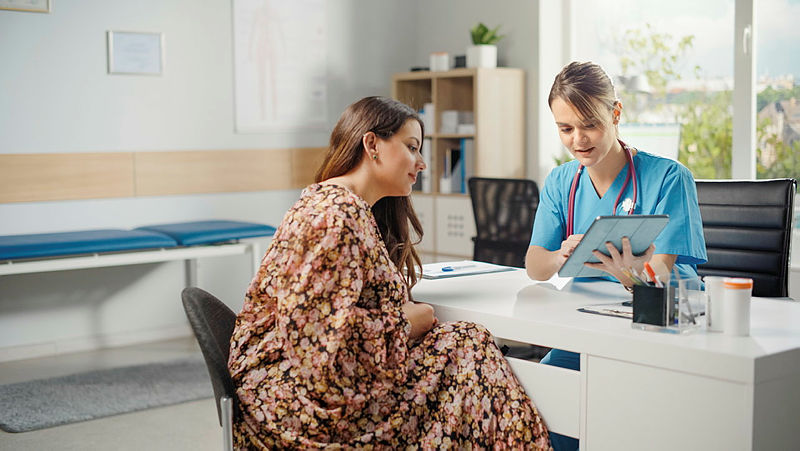
Revolutionizing medical education: the vital role of patients in IME Programs
Format and content of medical education programmes has been evolving in recent years. One of the most impactful changes has been in the inclusion of patients as expert faculty.
Patients are now (rightly) seen as an essential piece of the puzzle in achieving better outcomes. We have seen this particularly in areas such as rare diseases, oncology, and chronic conditions like diabetes.
IME programmes that incorporate the patient voice help HCPs to understand the patient lived experience, hopes, fears, reservations, and goals.
When patients feel heard, and are an active participant in their treatment decisions, patients are much more likely to feel engaged and have positive experiences from care.
Our key learnings from including the patient experience in IME?
- Without education about rare conditions, patients can receive the wrong treatments, which may lead to symptom worsening. For example, in our award-winning FOP program*, Hassan (a patient) told of how he had a fall and was taken to hospital. Since the ER staff did not know about FOP and did not listen to his concerns, he received a tetanus injection, which led to joint fusion and irreversible mobility issues. Through awareness-raising IME programmes, we can equip HCPs to be aware of what to look out for
- Medical misinformation can make patients fearful and reluctant to have life-saving diagnostic tests. In our recent CME program on targeted treatments for NSCLC**, Alex Miles (patient) discussed that he had heard rumours of how lung cancer biopsies can lead to cancer spreading. This had made him reluctant to have diagnostic tests that could ultimately save his life. By teaching oncologists the importance in listening to patient fears, answering questions, and explaining the need for biopsies for NSCLC, it can provide much-needed reassurance. Our patient communication guide for HCPs is helping lung cancer specialists participate in shared decision making with their patients for better outcomes
- In early breast cancer, clear and transparent communication with patients can lead to better treatment adherence. For example, in our CME program on shared decision making in early breast cancer***, patient advocate Renate Haidinger said that when patients are made fully aware of the treatment options (and their possible side effects) and play an active role in choosing the treatment, patients are more likely to adhere to their treatments and deal with side effects
“Had doctors known more about FOP, I believe my health condition would definitely have been better.” – patient quote
How to make content truly patient centric
Here are our top tips:
- Include patients from the beginning of the educational programme. Recruit them like the other faculty
- Ensure they are comfortable sharing the experiences on screen. If not, they can be part of faculty off screen
- Ask the patients to tell us:
- What do HCPs need to know when treating patients?
- What is important for HCPs to communicate to patients?
- What is important to them in terms of their diagnosis, treatment, and ongoing care
- What are the patient-perceived barriers to good care?
- What can make their treatment experience better?
- What is important to patients in living with their condition?
For more information about our award-winning patient-led programmes
Here are some links to recent programmes:
- FOP: https://fop.https://ime.springerhealthplus.com/
- NSCLC: https://nsclc-biomarkers-ime.springermedicine.com/
- EBC: https://early-breast-cancer.https://ime.springerhealthplus.com/
Please contact us for more details
*This program is made possible thanks to an independent educational grant from Ipsen.
**Independent medical education program supported by an educational grant from Bayer HealthCare Pharmaceuticals Inc.
***Independent medical education program supported by an educational grant from Lilly.

